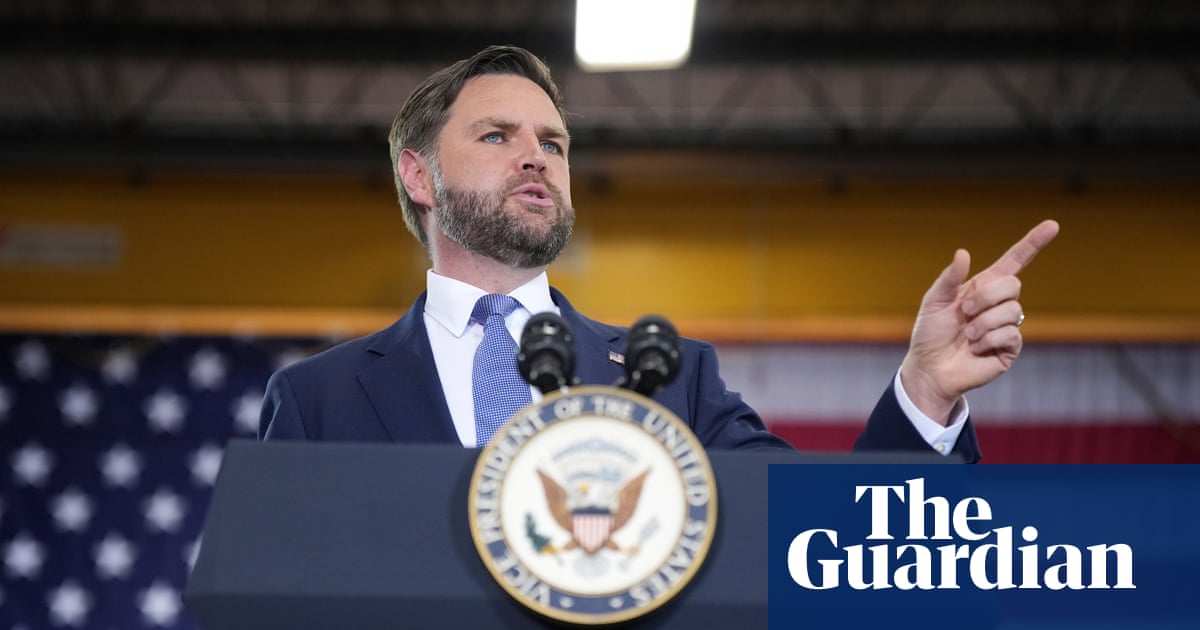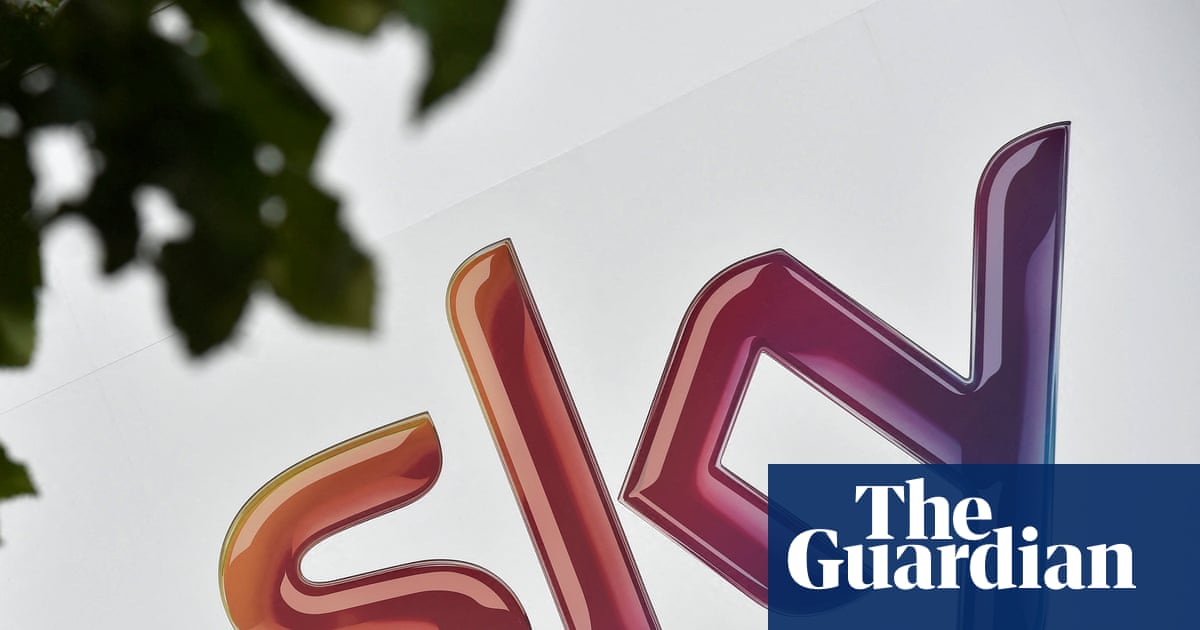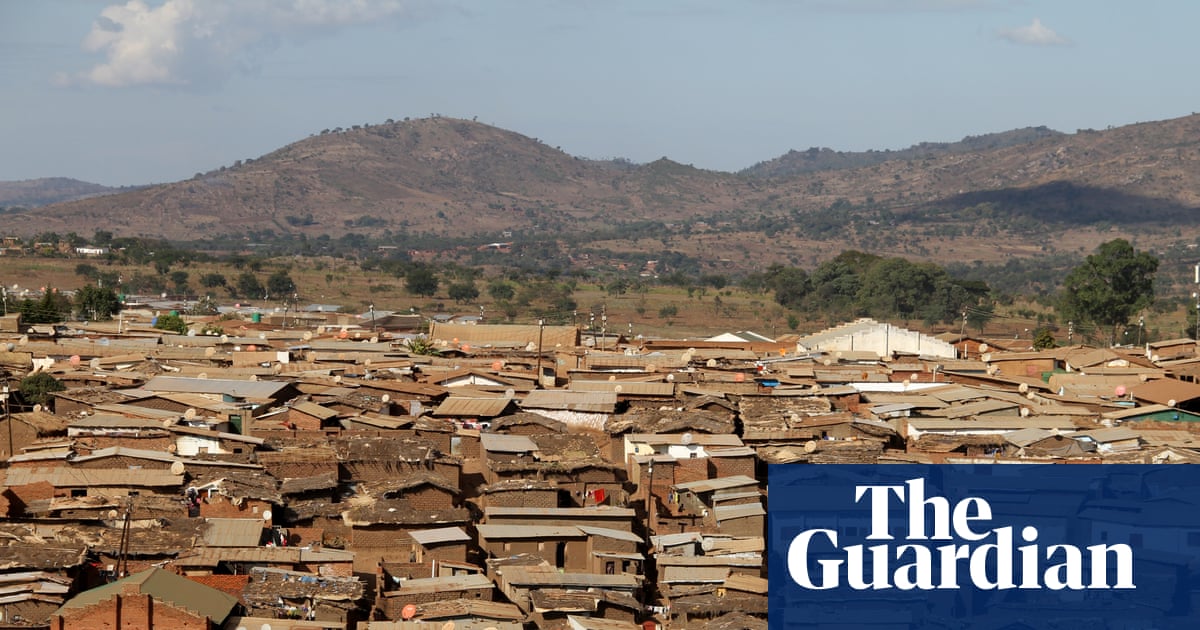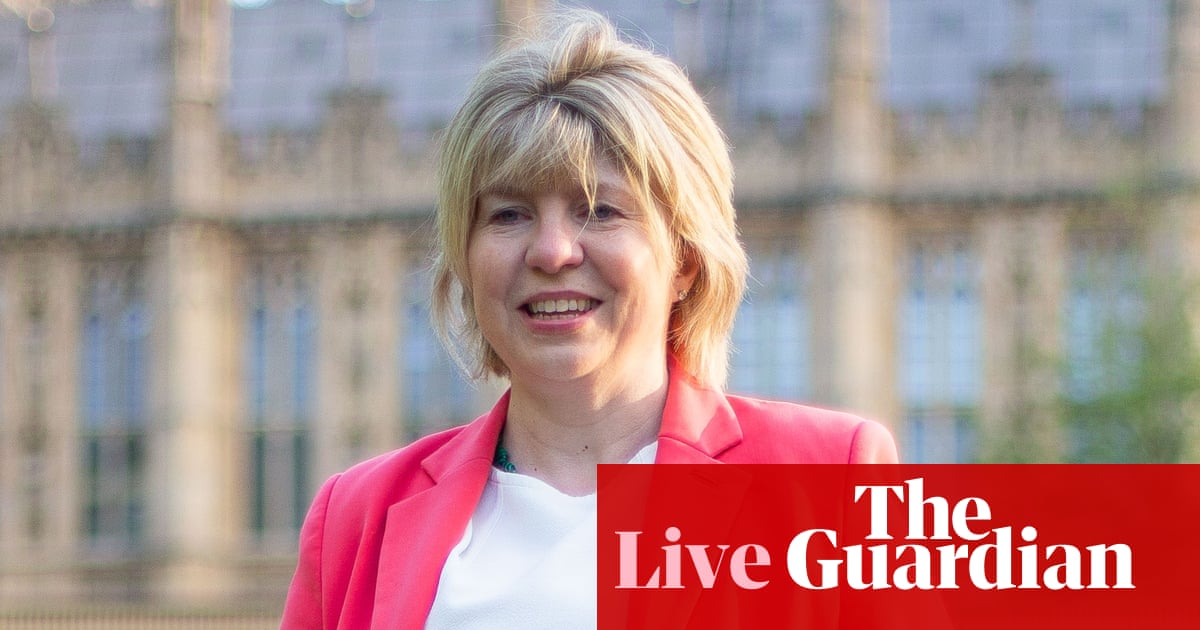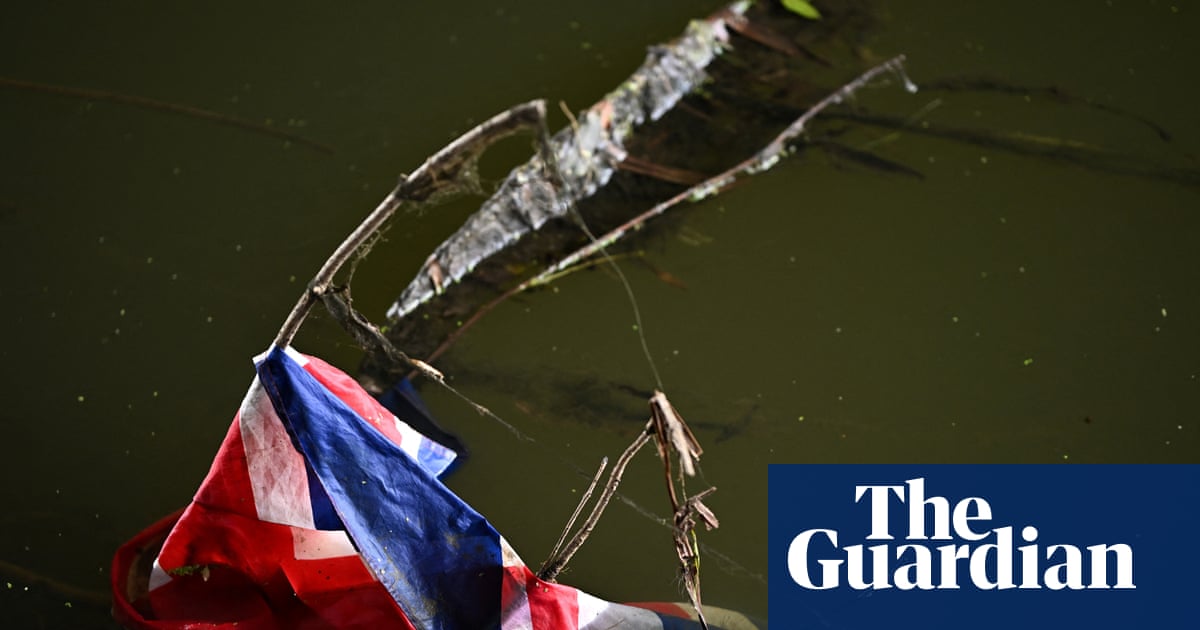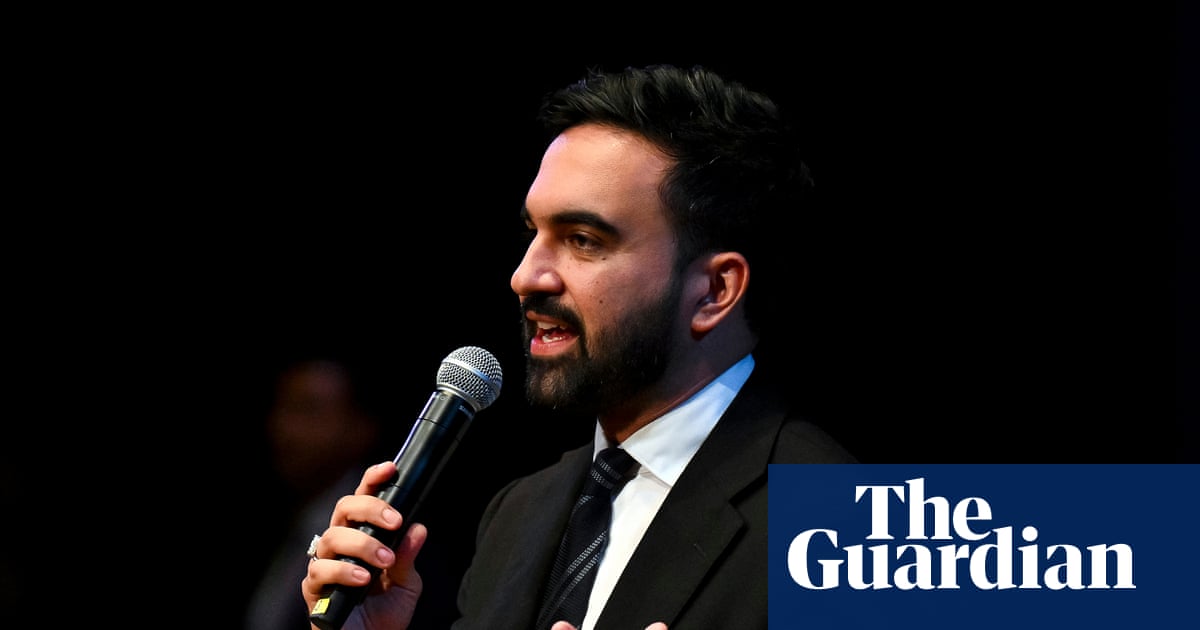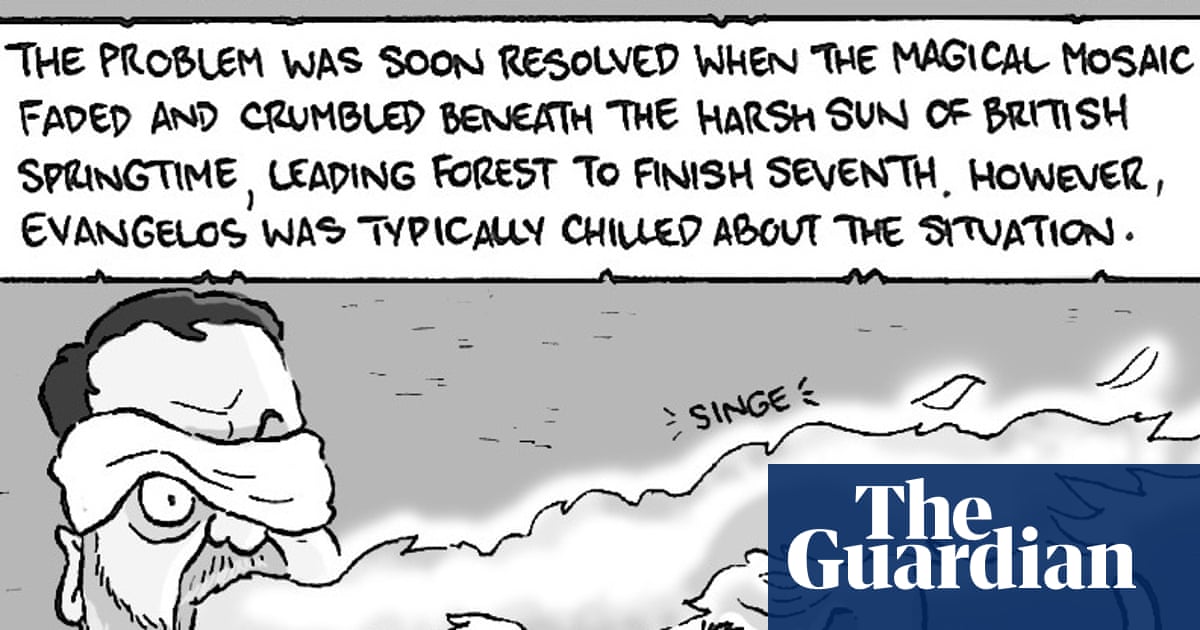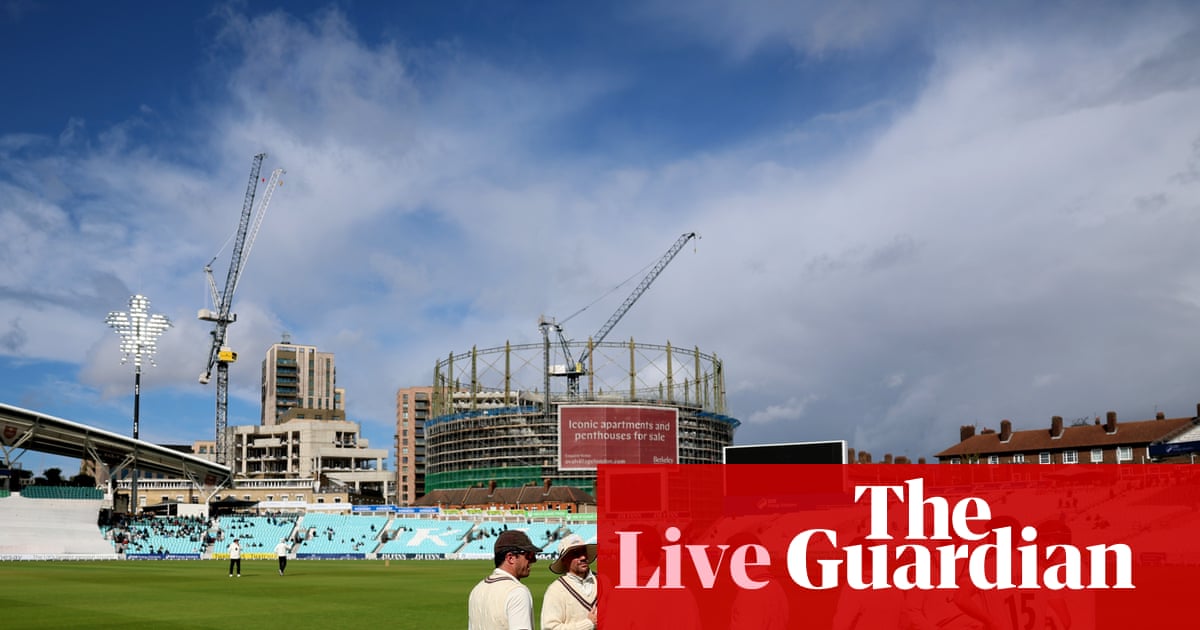For Canadians, there’s nothing new about a province contemplating secession. Two referendums on Quebec’s potential independence – in 1980 and 1995 – brought the country uncomfortably close to the precipice. Today, it’s not Quebec but the oil-rich western province of Alberta that is chafing under the constraints of Canadian confederation. US president Donald Trump’s tariffs and comments about turning Canada into the 51st state have set in motion a chain of political events that will probably result in a referendum on Albertan independence sometime in 2026.
Conservative political leaders in Alberta have traditionally stoked resentment of the federal government in Ottawa without crossing the line to advocate separation. The grievances are largely economic and in recent years have focused on environmental policies. The Conservative-led Alberta provincial government has portrayed these policies as hostile to the oil and gas industry, and consequently an attack on the province’s affluence and identity.
The current Alberta premier, Danielle Smith, has opened the door to a referendum by lowering the threshold for a citizen initiative to hold a referendum to a mere 10% of the votes cast in the most recent election. In practice this means that gathering just 177,000 signatures would be enough to put the measure before voters next year. Although Smith claims to want a united Canada, her actions have empowered separatists, who have busily begun collecting names of those willing to sign the petition.
Separatism had previously been relegated to the fringes of Alberta’s politics. Every provincial election features a few small separatist parties running candidates and winning few votes. In fact, the idea of separation garners more public support than the parties advocating for it. This support tends to follow national Liberal party wins. Until recently, the high-water mark had been about 30% support after the 2019 federal election, when the re-election of tJustin Trudeau’s Liberals sparked the Wexit movement, but it then ebbed as the pandemic disrupted politics.
If, as had been expected, the Conservatives had won the 2025 federal election, the Alberta separatist movement would have remained on the fringe. Instead, Trump’s musings about Canada becoming the 51st state upended Canadian politics, allowing the Mark Carney-led Liberal party a miraculous political recovery. Predictably, after a Liberal win in the national general election, support for separation has once again increased in Alberta, this time to 36%, according to a recent Angus Reid poll.
The separatist impulse in Alberta is closely tied to partisan politics. For all but four of the past 50 years, the province has been governed by a conservative party. In federal elections, around two-thirds of Alberta voters support the federal conservative party. (Provincial and federal conservative parties consider themselves part of the same movement, but are not formally affiliated.) The separatist movement occupies the far right of the political spectrum and its supporters are overwhelmingly conservative.
Recent polling shows that many Albertans who would consider separation would change their view if the national-level Conservative party formed a federal government, or even if the federal government were to agree to some of Alberta’s demands for building pipelines and dropping environmental regulations. In this regard, separatist sentiment looks more like an expression of frustration with Canadian politics than a movement that truly aspires to form a new sovereign state.
However, Trump’s comments about the country’s future have altered the terrain for this vote. Proponents of independence no longer have to make the case that Alberta could “go it alone” as a country. Instead, they allude to Trump’s invitation to statehood.
Recognising the potential of the moment, one of the fringe parties advocating for Alberta’s independence has renamed itself in preparation for its desired future: the former Buffalo party of Alberta is now the Republican party of Alberta, ready to don a red baseball cap and make America great by adding Alberta to its union.
These sympathies aren’t restricted to fringe parties either. Many in the Alberta provincial conservative base identify with Trump’s Maga movement. The imagined grievances that animate Maga are reflected in some of the party’s policy agenda. In recent months, it has placed strict limits on the development of renewable energy, amended the Human Rights Act to protect freedom not to vaccinate, and limited transgender rights and medical treatment.
Trump’s expansionist desires do more than answer the practical questions of how Alberta would govern itself. They may also offer meaningful support to the independence campaign. Just as Russia intervened to bolster support for Brexit, we can expect some US interests to lend support to the Alberta secessionists.
Even with these interventions, a majority vote to support independence is unlikely. A solid majority of Albertans have no desire to contemplate separation from Canada. A conversation about the practicalities of secession would probably dissuade many voters from casting a ballot to leave. Even if a majority of voters supported it, there is no clear path to statehood.
First, all of the province is treaty land, meaning its status is granted by agreements signed between the federal government of Canada and the Indigenous peoples of the territory now called Alberta in the late 1800s. Indigenous leaders from the three treaty organisations assert that Alberta cannot unilaterally extinguish their agreements with the Canadian state by voting to secede.
And also, after the close outcome in the 1995 Quebec secession referendum, the federal parliament passed the Clarity Act, which gives it authority to determine in advance whether a referendum question is clear and establish the threshold for a clear outcome. If these tests are passed, then the province seeking to leave enters into a constitutional negotiation with the federal government.
With majority support for remaining within Canada, significant objections by Indigenous communities and a high threshold imposed by the Clarity Act, the impending vote on separation is unlikely to result in a quick exit from Canada. Why, then, would the provincial government pave the way for a referendum? Perhaps as a means of improving the province’s negotiating stance. Perhaps to allow an activist fringe to blow off steam.
Whatever the reason, the referendum poses significant risks for the province. It is likely to exacerbate political tensions, pitting separatists against federalists. It is likely to drive investment in sectors other than oil and gas out of the province, making economic diversification more difficult. It also draws the Trump administration’s attention to the province, inviting unpredictable interventions.
Premier Smith and the proponents of Albertan separation have drawn a dubious lesson from Quebec’s sovereignty referendums. They believe that Quebec’s credible threat of separation has empowered it within the Canadian federation, and they seek to emulate its “win”. This view ignores what decades of separatist foment have cost Quebec, from an exodus of head offices from the province to a politics focused primarily on the question of secession. By opening the door to a referendum on separation, Alberta’s government has invited similar uncertainty and conflict that could dominate its politics for years.
-
Lisa Young is professor of political science at the University of Calgary

 3 months ago
185
3 months ago
185



